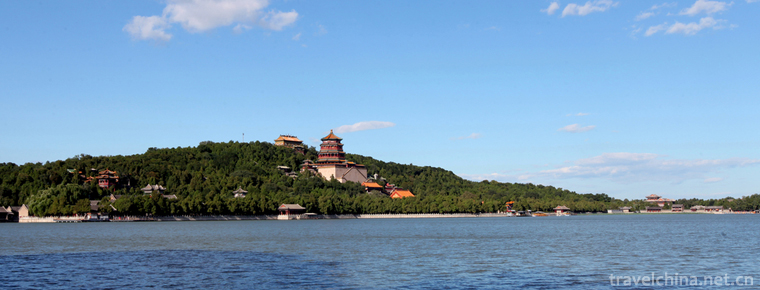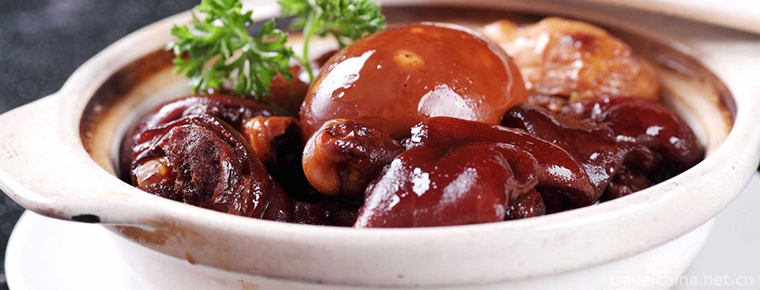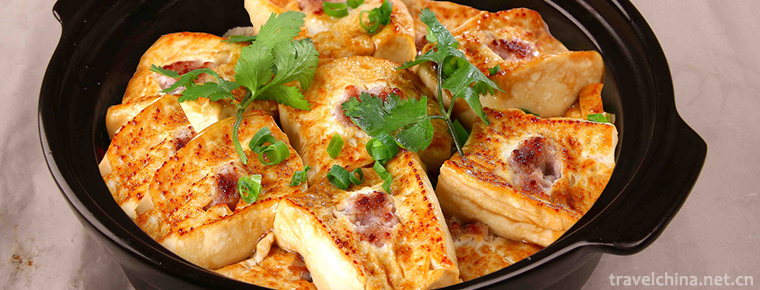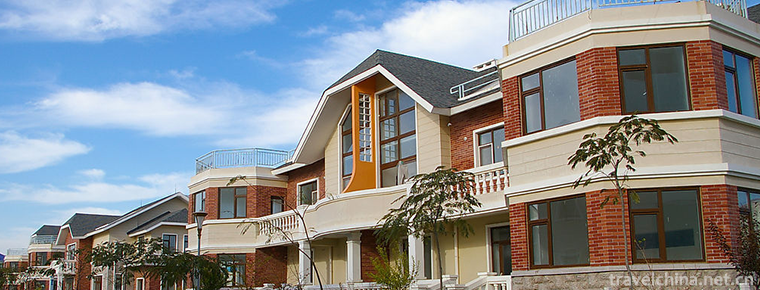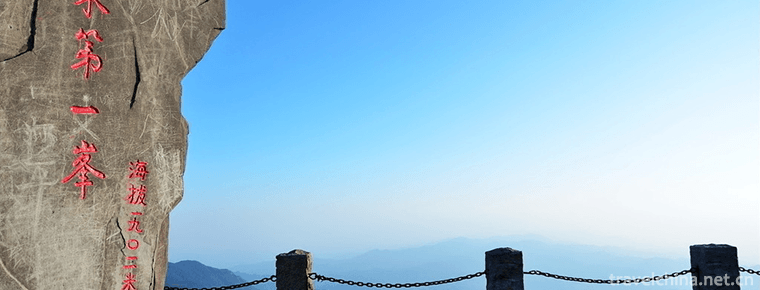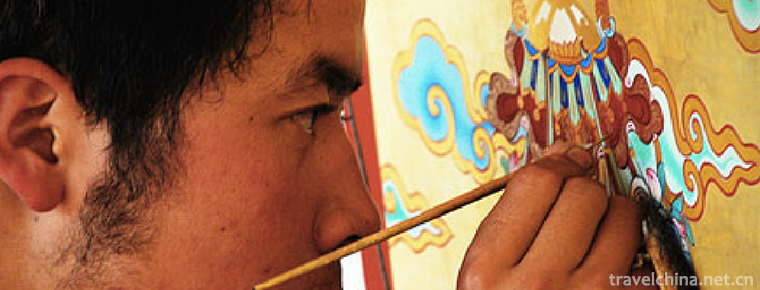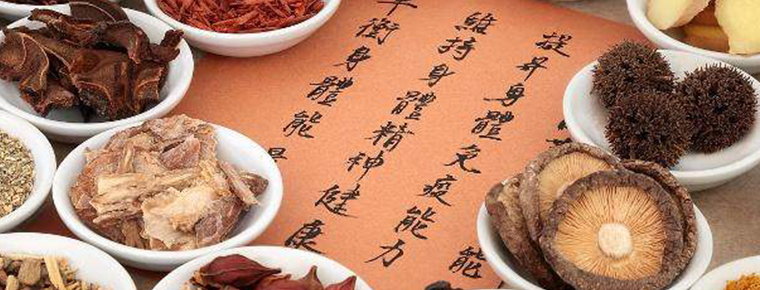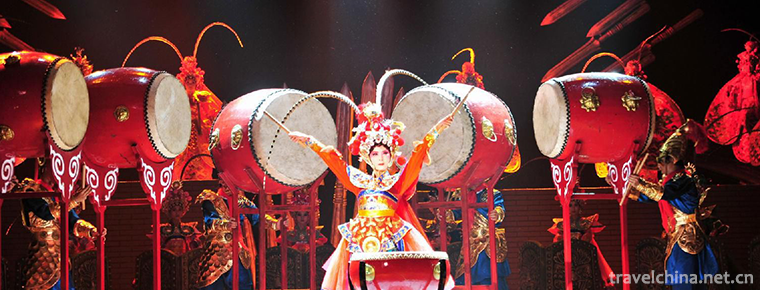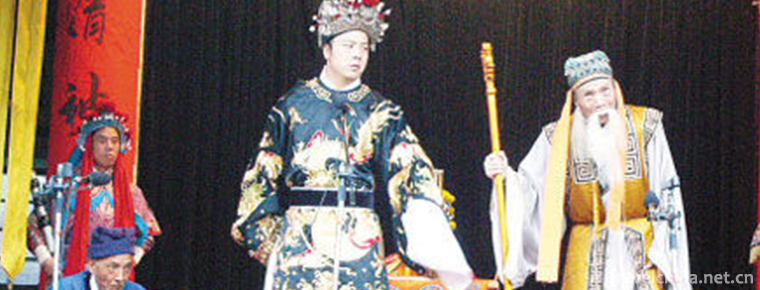Traditional Brewing Techniques of Brewing Wine
Traditional Brewing Techniques of Brewing Wine
Traditional Brewing Techniques for Preparing Liquor (Traditional Brewing Techniques for Chrysanthemum Liquor)
Chrysanthemum wine is a necessary drink for Chongyang Festival. It has a long history of brewing. Royal chrysanthemum liquor of Ming and Qing Dynasties was a kind of precious liquor created on the basis of folk chrysanthemum liquor combined with the special needs of the court. It uses chrysanthemum as the main material, supplemented by ginseng, wolfberry, aloes and more than 20 valuable Chinese herbal medicines, and distilled with base liquor. It has the effects of nourishing the liver, clearing the wind and clearing heat, nourishing qi, invigorating the spleen, nourishing yin and tonifying the kidney. Established in the mid-18th century, Renhe specializes in the production of royal palace wine. During Tongzhi period, it obtained the secret recipe of chrysanthemum liquor production from the palace, which has been handed down for seven generations.
The chrysanthemum liquor brewing technology inherits the solid-state fermentation and distillation tradition of distilled liquor. Combining with the production technology of dew liquor, a set of special distillation technology is formed, which mainly includes flavor extraction, impurity removal, solid-liquid combination and liquor extraction by stages. The brewing period of this kind of liquor is longer, and it takes about eight months. The main processes include pretreatment, distillation, blending and storage. The chrysanthemum liquor is brilliant and colourless. It combines chrysanthemum fragrance, medicine fragrance and wine fragrance.
The chrysanthemum liquor brewing technology requires strict materials, and advocates that materials must be excellent, and workers must be fastidious. Its formulation is scientific and rigorous, conforms to the theory of traditional Chinese medicine prescription, and embodies the practical experience of traditional Chinese medicine. It advocates health care with alcohol and health preservation with medicine. It has high scientific value and plays an active role in improving the physical quality of the people and the quality of life of the people.
Chrysanthemum liquor is based on the Double Ninth Festival, which has a certain seasonality. In addition, the brewing cost is high and the manual production efficiency is low. The related brewing technology develops slowly and the transmission of chrysanthemum liquor is hindered. It needs protection and rescue.
Traditional Brewing Techniques for Brewing Wines (Jinghua Traditional Brewing Techniques)
Jinghua Liquor is produced in Longtou Town, Potou District, Zhanjiang City. It was called "Fairy Water Liquor" in ancient times and commonly known as "Zhuangyang Liquor". According to the local Ye family from generation to generation, during the reign of Kangxi in Qing Dynasty, Ye Tianshi was practicing medicine in Wuchuan County, western Guangdong Province, when he found a spring under the Longtouling Mountains, which was called "Longquan Jinghua Water". The well water was used with various medicinal materials to make pharmaceutical wine. It was loved by the villagers and the brewing techniques of Jinghua wine have been passed down from generation to generation. Qing Daoguang's Wuchuan County Chronicle Customs records: "On July 7th, clothes are sunned and the day is sunny, and water from the morning well is stored for the preparation of liquor slurry, which is called"immortal water".
The traditional brewing techniques of Jinghua liquor include sea snake, hippocampus, sea dragon, manatee, sea cucumber, sea urchin, auk, starfish, shrimp, abalone, cordyceps, ginseng, deer whip, dog whip, bullwhip, Tianqi, Achyranthes bidentata, Eucommia ulmoides, jackfruit, cinnamon round, medlar, red oak, honey and other authentic medicinal materials. Its production process always adheres to the traditional brewing process, and emphasizes the use of Jinghua water. Jinghua liquor has three main technological processes. One is brewing process, which includes soaking rice, cooking rice (three boiling rice cooking), paving, raking, wine cake, saccharification, fermentation, pressing, decocting (distillation), alcoholization, fat pork hydrolysis, mixed storage and so on. Second, the soaking process, including the selection of Chinese medicinal materials, processing, soaking and stirring, 531 soaking, 151 static curing and stirring, alcoholization and so on. The soaking process of Jinghua liquor emphasizes that each kind of medicinal materials should be soaked separately, and has a unique taboo when soaking in liquor. The third is the blending process, which adjusts the traditional soaking and soaking process of liquor, boiling sugar, mixing liquor, filling jar (aging by alcohol), storage and aging to make medicinal liquor.
Jinghua liquor traditional brewing technology products include: Jinghua liquor of various types of aging wine, Zhuangyang liquor, sea snake liquor, sand-seed liquor and so on. Jinghua liquor traditional brewing technology adheres to the tradition, chooses the best, the sea, the formula is unique (land, animal, plant compatibility), win the advantages (comprehensive use of cooking, soaking, blending the three traditional brewing process) and other outstanding features. In the centuries of inheritance and development of Jinghua liquor brewing technology, the traditional brewing technology was insisted on, and the pharmacological effects of local ecological animal and plant raw materials were reasonably "supplemented by drinking, and enjoyed by drinking", which was loved by the villagers. Each drop of Jinghua liquor, adhering to the traditional brewing techniques and the traditional way of health preservation, forms a unique sea wine culture with marine characteristics. It is a rich intangible cultural heritage of liquor.
Traditional Brewing Techniques of Brewing Wine (Brewing Techniques of Guangdetai Medicinal Wine)
Guangdetai Medicinal Liquor is the general name of more than ten kinds of blended wines, such as Changchun Liquor, Dabu Liquor and Sansna Liquor, produced by Shantou Guangdetai Liquor Factory Industrial Co., Ltd. Its brewing technology is the representative of the production technology of blended liquor.
According to Chaoyang County Chronicle, Guangdetai liquor was founded in the Qing Dynasty by Fan Youlong. According to legend, at that time, Chaoyang Jinshi and Fan Jiaju Guangde Tai Changchun Liquor from the Francois came to pay tribute to the Qing Dynasty. Empress Dowager Cixi drank it with great appreciation and gave a plaque of "Drinking Taihe, Sui Ping". Guang De Tai is famous for its medicinal liquor. It has factories in Shantou, Macau and Thailand. Folk people list medicinal liquor, Mandarin orange, onion cake and grass carp as the four famous products of Chaoyang Peace. In 1935, Fan Boqian, the second-generation heir, submitted to the government of the Republic of China for registration of the "Longlin" brand trademark. In 1936, Guangdetai Pharmaceutical Liquor was submitted to the Thai Government for a registered trademark, which enjoyed the exclusive right in Thailand. Since then, three relevant certificates have been kept. In February 1941, the Guangdetai Pharmaceutical Company, located in Heping Zhongzhai Street, Chaoyang, was destroyed by Japanese invaders'aircraft. Fan Boqian moved to Macao to continue to operate medicine and wine. He did not move back to Chaoyang until 1948. In 1956, Guang De Tai Pharmaceutical Company did not participate in public-private joint ventures and closed itself. Until 1983, the Fan Jinle brothers, the fourth generation of Guangdetai inheritance, resumed their ancestral business and began the production of Guangdetai medicinal liquor. On July 1, 1987, all the descendants of Guangdetai Liquor Co., Ltd. jointly established Shantou Guangdetai Liquor Factory Industrial Co., Ltd. in the form of joint-stock system. In 2006, Guangdetai Liquor Co., Ltd. was recognized by the Ministry of Commerce as an "old Chinese brand".
Guang De Tai's traditional Chinese medicine and liquor culture are integrated with its ancestral secret recipe. In the production process, liquor producers not only need to be savvy, but also need to go through long-term practice, in order to fully grasp the skills of the whole process of selecting medicinal materials, selecting liquor, preparing, blending and so on. Over the past one hundred years, the brewing techniques of Guangdetai medicinal liquor have been inherited from generation to generation and developed innovatively. Guangdetai Medicinal Liquor belongs to the compounding type liquor. It not only has the function of general liquor, but also has the special function of medicinal and health care. Its main varieties are Changchun Wine, Dabu Wine, Shi Guogong Wine, Ginseng Antler Nourishing Wine, Sansnake Wine, Drop Damage Wine, etc.
Due to the difficulty of Guangdetai medicine wine brewing technology, long learning time, non-three years and five years difficult to master, the younger generation is reluctant to learn, so it faces the situation of lack of successors.
Traditional Brewing Techniques for Brewing Wine (Brewing Techniques of Lufeng Hippocampus Wine)
Lufeng Hippocampus Liquor is a typical blending liquor. Its traditional brewing technology has a history of more than 130 years. It mainly distributes in Lufeng City and its surrounding cities and counties. Its products are sold all over the country, and it also has considerable influence in Hong Kong, Macao and Southeast Asia.
Hippocampus wine was originally the Royal Palace wine of Song, Yuan and Ming dynasties, and was introduced to the people in Qing Dynasty. In the seventh year of Guangxu (1881 A.D.), Li Zongde opened a wine-making workshop in Xincuozai Village, Donghai, Lufeng. He immersed the seahorses salvaged by local fishermen in highly sophisticated rice wine with more than 20 kinds of traditional Chinese medicinal materials, and used traditional handicraft to mix and age to produce Lufeng seahorse wine with local characteristics. The wine has the functions of tonifying kidney and strengthening yang, regulating qi and activating blood circulation, and treating injury caused by falls and strikes.
Lufeng Hippocampus Wine is mainly made from 26 kinds of Chinese herbal medicines such as hippocampus, abalone and Radix Salviae miltiorrhizae, ginseng, ripe ground, wolfberry, Ganoderma lucidum, wolfberry, Tianqi, Beiqi and other high-quality distilled water rice wine. It is aged and blended with traditional handicraft techniques. The wine is fragrant and has a sweet aftertaste, bright color and refreshing taste. Lufeng Hippocampus Wine is very sophisticated in brewing. Its traditional production techniques mainly include six processes: brewing 50-degree pure rice wine, drying hippocampus at low temperature, steaming more than 20 kinds of auxiliary materials, soaking, blending and filtering. Hippocampal Ganwen, enters the liver and kidney meridians, has the effect of tonifying kidney and strengthening yang, regulating qi and activating blood circulation, and treating injury caused by falls. Hippocampal wine is suitable for the health care of young, middle and old people.
At present, Lufeng Hippocampus Wine has passed QS food safety certification. With its unique traditional liquor-making and soaking techniques, it is becoming more and more popular and has become the representative of liquor culture and catering culture in Lingnan region, Hong Kong, Macao and Southeast Asia.
Under the impact of modern civilization, the traditional techniques of hippocampus wine are facing more and more threats. The deterioration of the environment and the expansion of urban construction have also greatly affected the original workshop. The current brewing technology of Lufeng Hippocampus Liquor mainly uses the traditional techniques inherited from generation to generation. Although many times of renewal and technological transformation have been carried out, most of its operating procedures are manual, labor intensive and lack of interest of the younger generation, resulting in the lack of green and yellow inheritance of the brewing technology of Hippocampus Liquor, which urgently needs protection and support.


-
Twicecooked pork slices
Twice cooked pork is a traditional dish of Sichuan.
Views: 194 Time 2018-10-12 -
Jiang Cudan Canton style pig leg
Except for those with internal fever, dry stool and weak spleen and stomach function, breast enlargement products can be used as a warm-up tonic in winter..
Views: 234 Time 2018-11-02 -
Hakka stuffed tofu
Hakka-brewed tofu, also known as minced meat-brewed tofu and Dongjiang-brewed tofu, is one of Hakka's famous dishes and is said to be related to....
Views: 127 Time 2018-11-02 -
Rushan Yintan Tourist Resort
Yintan Tourist Resort is located on the southeast coast of Rushan City, Weihai, Shandong Province. It connects Weihai to the east, Yantai to the north, Qingdao to the West and Huanghai to the south.
Views: 107 Time 2018-12-22 -
Guangdong First Peak Tourist Scenic Spot
Guangdong First Peak Tourist Scenic Area is the largest oasis on the Tropic of Cancer. It has a large area of primitive forests, stable forest ecosystem, dense evergreen broad-leaved forests.
Views: 126 Time 2019-01-13 -
Tibetan Thangka
Tibetan Thangka, also known as Tangga, is a transliteration of Tibetan language. It is a scroll painting mounted on satin fabrics. It is a kind of painting with Tibetan cultural characteristics.
Views: 164 Time 2019-04-15 -
Traditional Chinese Medicine Culture
Traditional Chinese medicine (TCM) is the oldest and most complete medical system in the world. It is not only a method of treating diseases, but also a complete philosophy of the universe and life..
Views: 135 Time 2019-04-22 -
Miao Batik Dyeing Techniques
Batik dyeing is one of the ancient folk traditional printing and dyeing techniques of the Chinese nation. As early as the Qin and Han Dynasties, the Miao people had mastered batik dyeing techniques, a.
Views: 381 Time 2019-06-05 -
Bangkok in Puzhou
Bangzi of Puzhou is named for its origin in ancient Puzhou. Jinzhong and Northern Shanxi are called "Bangzi on the South Road" or "Bangzi Opera on the South Road", Shangdang is cal.
Views: 117 Time 2019-06-09 -
Lotus in Wenzhou
Wenzhou lotus is a local opera evolved from Wenzhou Taoism, and it is also one of the main operas in Zhejiang Province. It has spread to Wenzhou (including the counties under its jurisdiction) and par.
Views: 107 Time 2019-06-28 -
Former residence of Wu Yuzhang
Wu Yuzhang's former residence is located in group 6, caijiayan village, Shuangshi Town, Rong County, Zigong City, Sichuan Province. It is 14km away from the county seat and 32km away from Zigong City..
Views: 167 Time 2020-10-15
